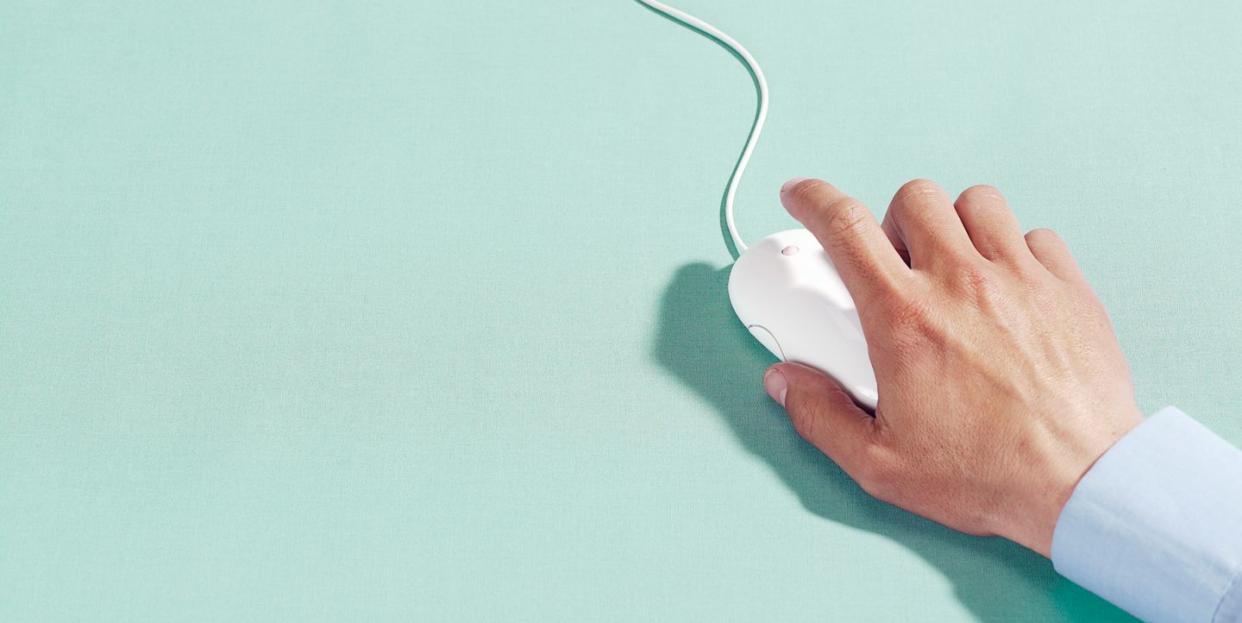There Are Some Things You Really Should Never Buy on Amazon Prime Day

"Hearst Magazines and Yahoo may earn commission or revenue on some items through the links below."
Amazon Prime Day starts on October 13 this year, which means the best Prime Day deals are nearly here on furniture, cleaning and kitchen appliances, Apple products, and more. While Prime Day is undoubtedly a great time to stock up on items at a discount, heed our advice: Just like Black Friday, it’s easy to get caught up in the hype and panic-spend too much on stuff you don’t need. Worse, if you don’t do your research, you could end up with a product that’s counterfeit or really not that good of a deal after all.
Luckily, there are some surefire ways to avoid making bad purchases on Amazon Prime Day — even if you're an impulse shopper. Below are four things you should never buy on Prime Day, plus you can check out our tips on how to avoid scams and shop smarter to score the best deals.
1. Items from third-party sellers
Be wary of deals from third-party and unverified sellers: If it seems too good to be true, it probably is. For example, if you've had your eye on a juicer that's suddenly half-price from a seller with a misspelled store name, you might want to steer clear.
Here are some ways you can tell if a brand is verified:
Check to see where the item is sold from, and/or what brand it's sold by. Ideally, you want a product that is shipped and sold by Amazon.com — find this information in the right rail, below the "Add to Cart" button.
Shop brands that have been verified via Amazon’s Brand Registry for legit products. Many manufacturers and retailers have enrolled, granting a verified storefront within Amazon. When you click through to the seller’s page, it should typically be branded with lots of other brand items on sale (Revlon's Amazon store is a great example). When a sale is offered by one of these verified sellers, you can trust that the deal is trustworthy all while enjoying the convenience of Prime shipping (and returns!).
2. Misleading sales and marked-up prices
Beware of sales on items that have previously been marked up in price or else you may not be getting as excellent of a bargain as you might think. Thankfully, there are a few foolproof ways you can spot unscrupulous sales. Apps like Camelcamelcamel show how an item’s price has fluctuated to ensure you’re truly getting the best deal. This price tool monitors millions of products to track price history and alert you when prices drop with its Chrome extension.
Fakespot also tracks price history and trends to analyze products, but even better, Fakespot can help you identify counterfeit products and items that are inundated by fake or altered reviews. You can visit the site directly or install a handy Chrome extension that will let you know if the item you're considering is actually as perfect as it seems.
3. Bad deals (or good deals on not-so-good products)
In a recent poll, Good Housekeeping readers said they won’t get out of bed for deals below 50% off on Prime Day. We hear you: Luckily, we're already seeing products like Amazon devices for over 50% off, and historically, Instant Pots are marked down by 60% in addition to slashed prices on big ticket items like appliances, TVs, laptops.
That said, there’s never a good deal on a bad product: Consider the quality of the items you are investing in, and whether or not you’re better off splurging a bit (at a higher price point or a lesser discount) on items that are truly worth it. Don't forget to check out tried-and-true products that we’ve tested and vetted in our Good Housekeeping Institute Labs.
You Might Also Like

